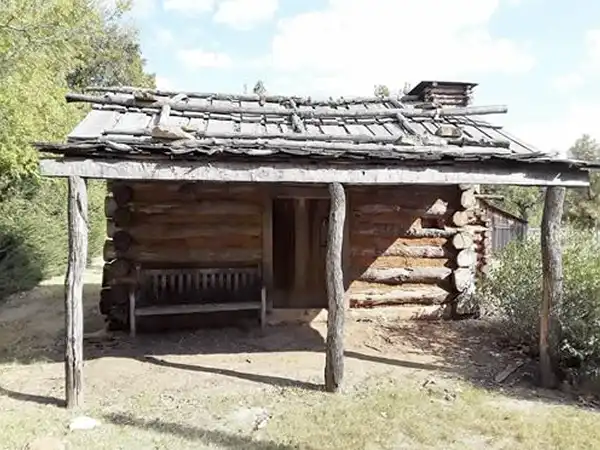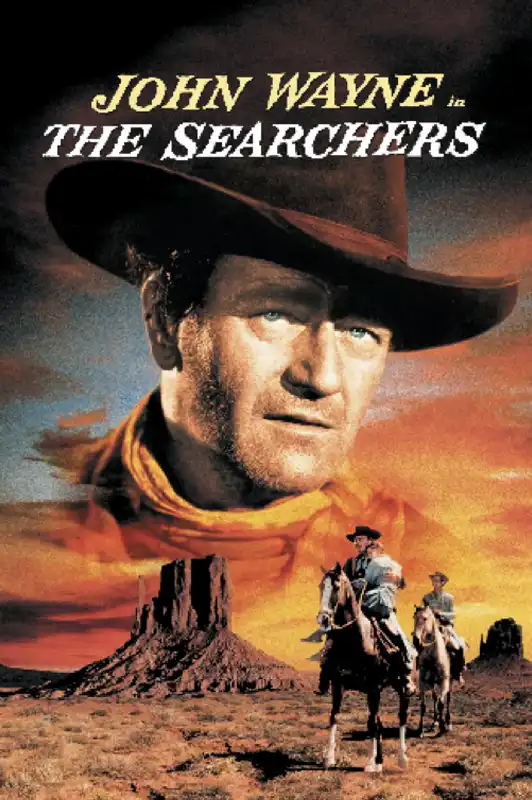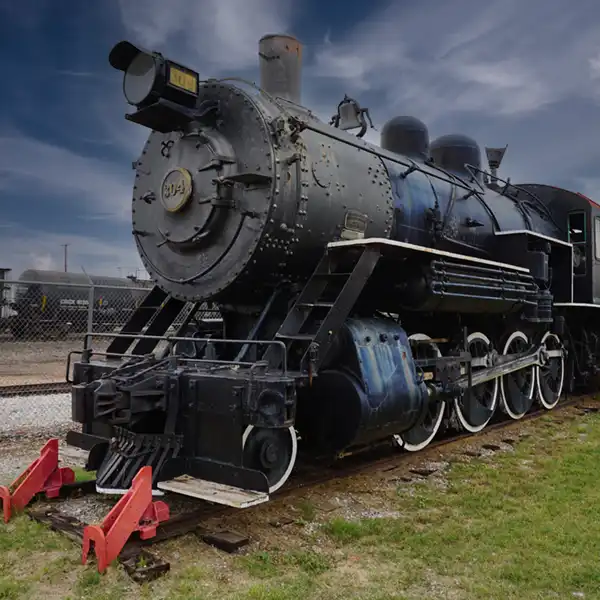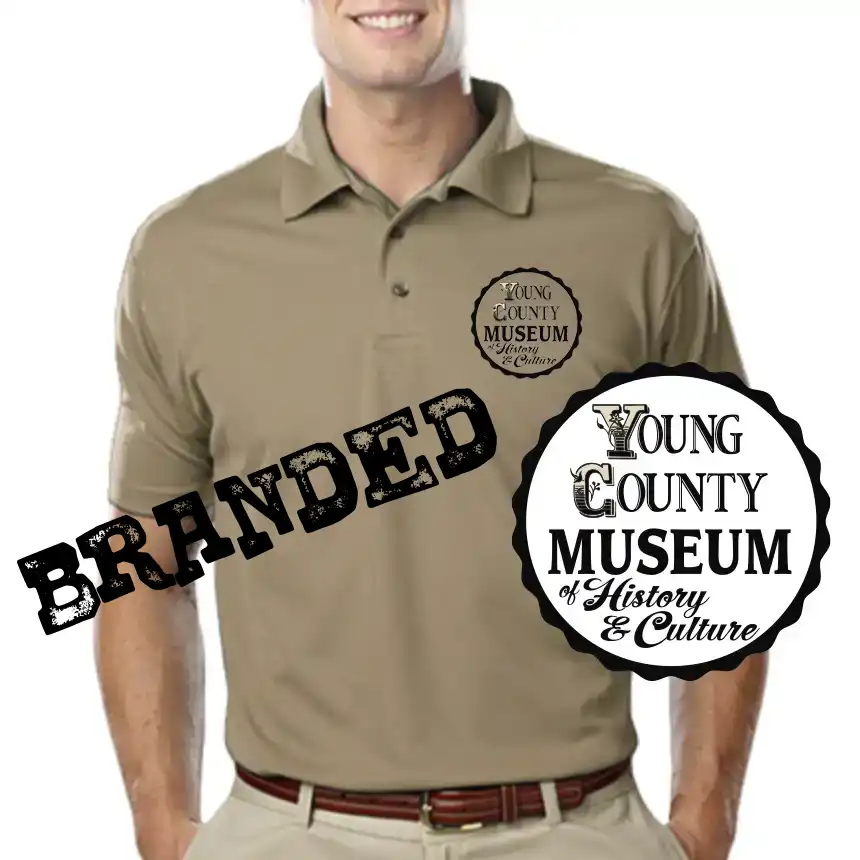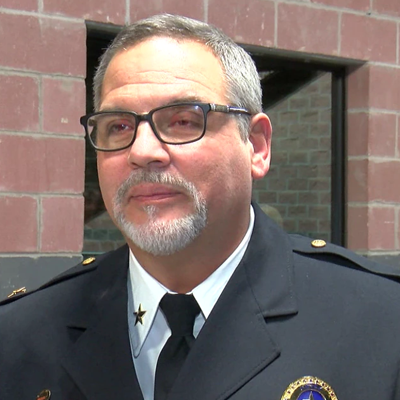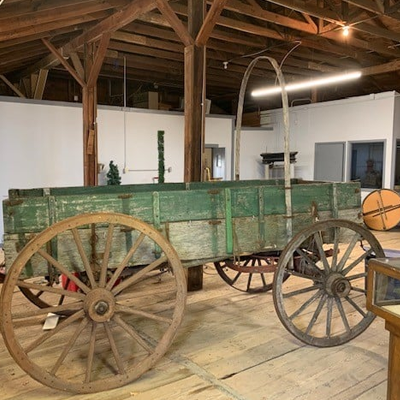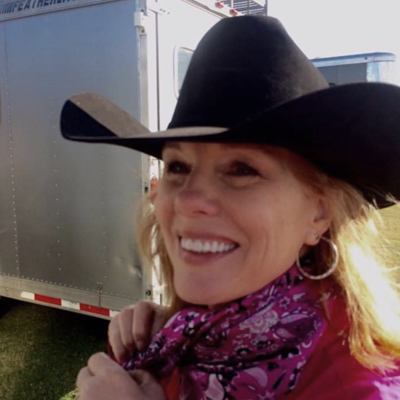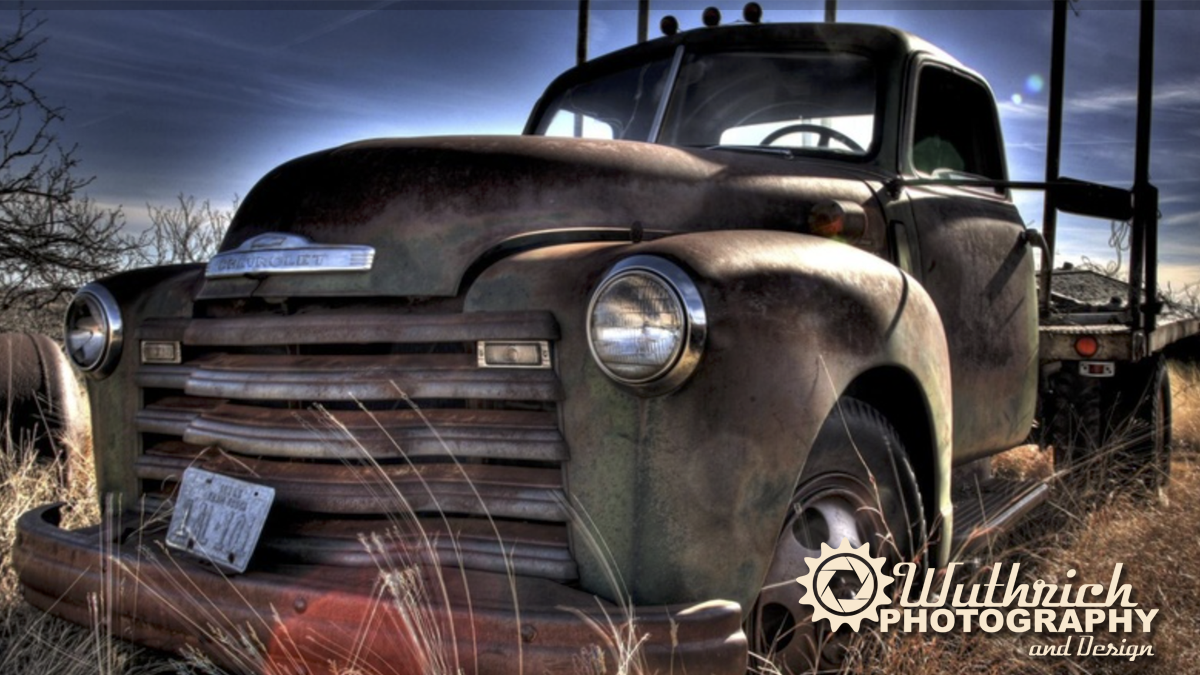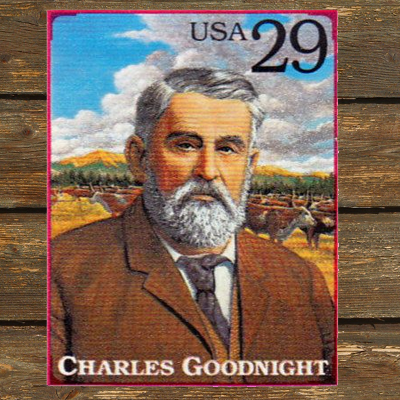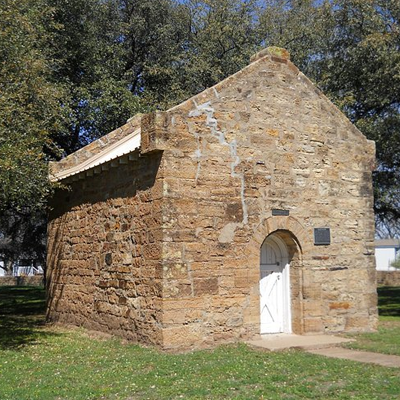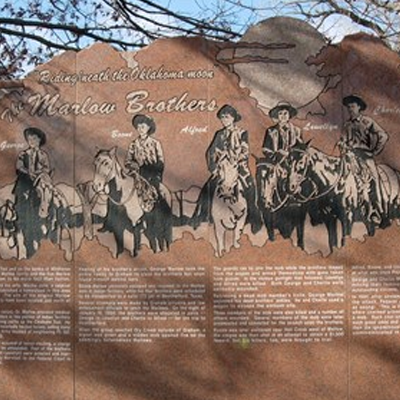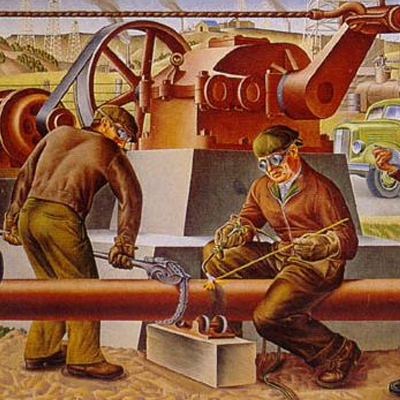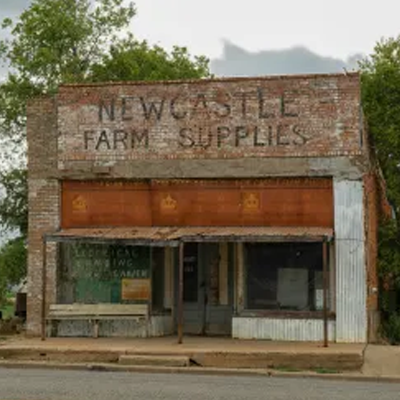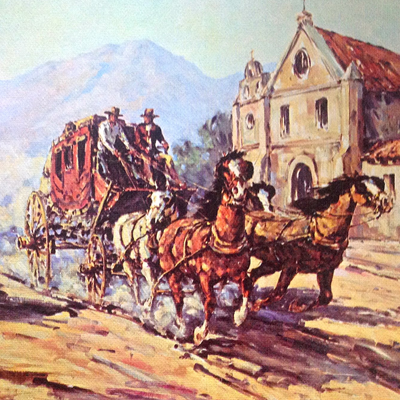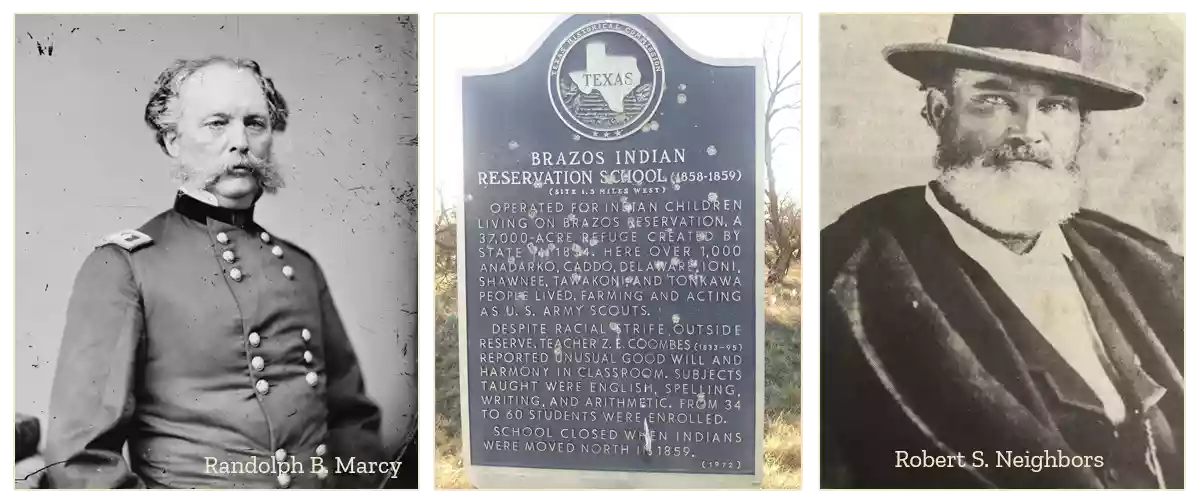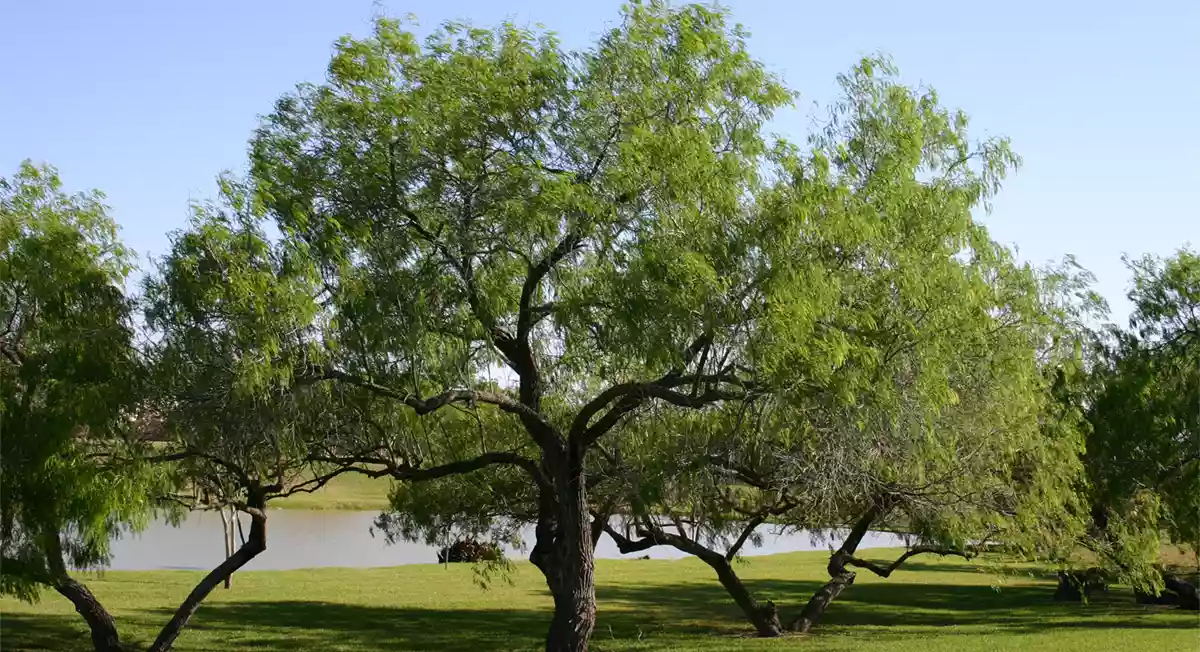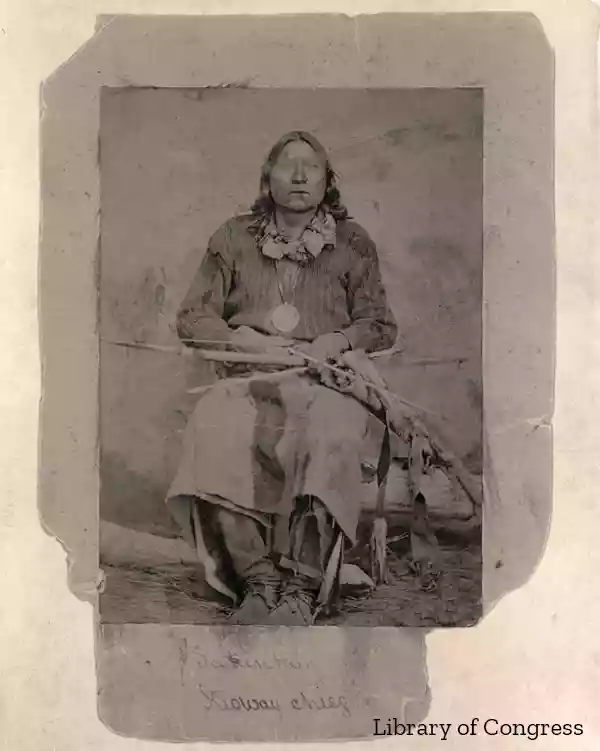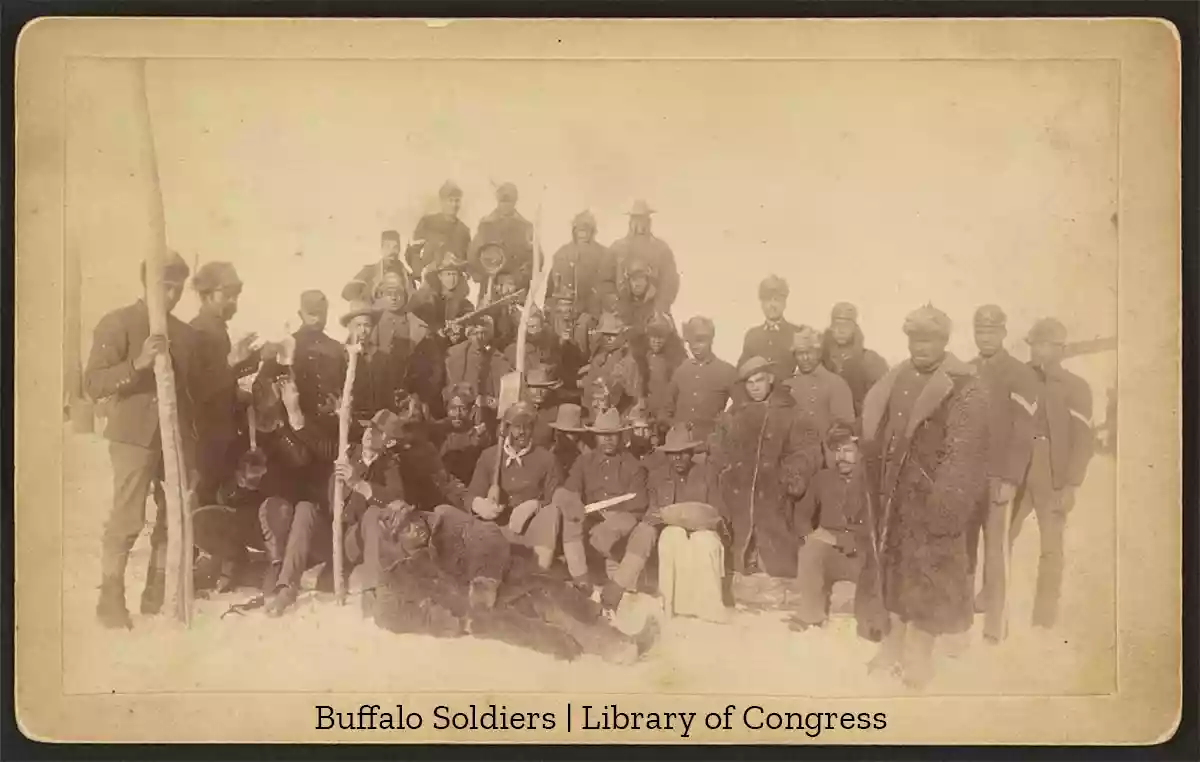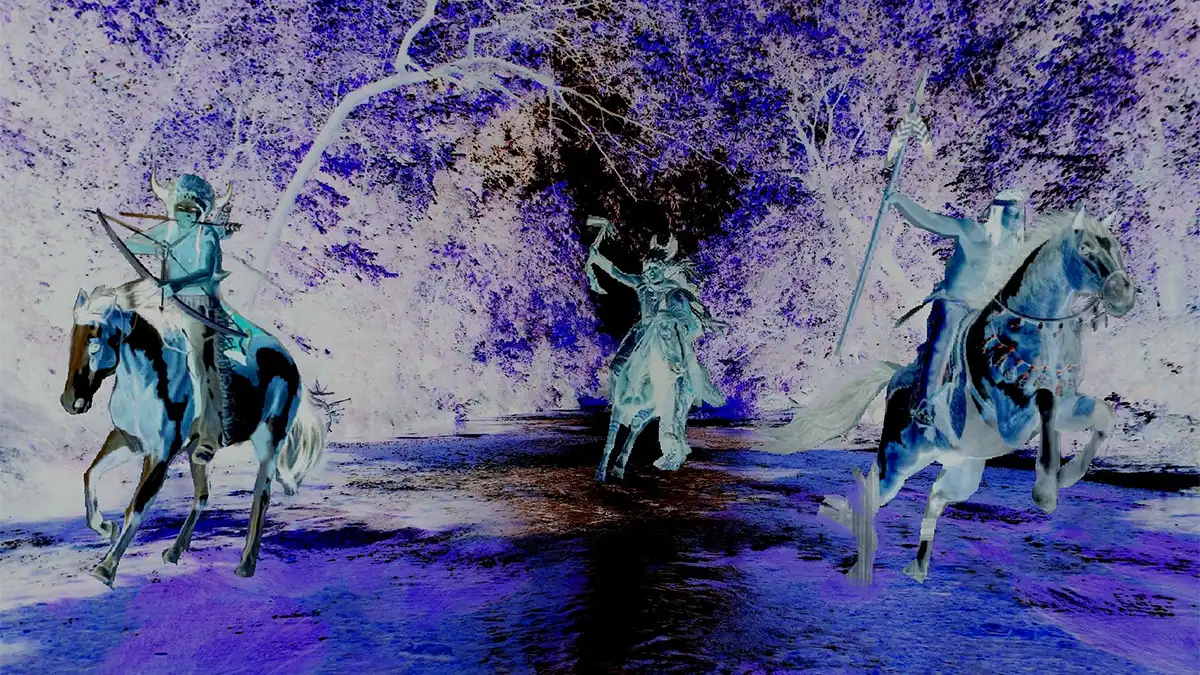
It is said that where violent deaths occur, the spirits of those whose lives were taken sometimes linger.
The Elm Creek Raid was born in a vision to Kiowa Chief Little Buffalo several weeks prior to the attack. The chief had seen a vision of great riches and slaughter from a raid into Texas, and after retelling his vision to numerous clans he had quickly convinced a large group of Kiowa and Comanche to join him and they began the trip south into Texas.
On October 13, 1864, this combined war band ranging in size somewhere between 600 to as many as 1100 warriors descended upon the frontier settlements situated just west of Newcastle and about 8 miles northwest of Fort Belknap. It was very good timing on the part of the war parties. Most of the male settlers were gone from the Elm Creek area, having been recruited to help with a round up and drive of cattle.
In the opening minutes of the battle the raiders came across Perry and Peter Harmonson who lived east of Elm Creek. As the Harmonsons were engaged by the attackers with rifles and bows, Peter and Perry retreated to an area of heavy brush in one of the many ravines in our area. Returning fire at the approaching Indians, several sources claim that an Indian chief, perhaps even Little Buffalo, the author of the attack, was shot dead.
Henry Wooten observed the attackers and fled towards Fort Belknap. Anyone familiar with North Texas and its plants knows how thick the briars grow in this area and are not surprised by the fact that when Wootens fled through the briars to escape, the briars were so thick that they shredded his clothing and he was naked by the time he made it to the fort.
To the west of the Harmonson Ranch, settler Joel Myers, a simple farmer with a few head of cattle, was surprised by attackers, killed and scalped as the raiders moves westward in two separate parties.
At the Carter Trading Post, the full ferocity of the attack was unleashed. Inside the main house, Elizabeth Carter and her family: Daughter Susanna, son Elijah, and three grandchildren. Also in the house were Mary Johnson, the wife of slave Britt Johnson, their oldest son Jim Johnson and a younger son Jube and daughter Cherry.
Susanna and one of her infant children were scalped and killed as well as Britt Johnson’s son Jim, with the others taken as captives for slavery or ransom. Elijah would die on the trail three days later.
At a fortified ranch known to the settlers as Bragg’s Fort, settlers waged a six-hour battle, with repeating waves of attacks from the Indians. Dr. Thomas Wilson, who had seen the approach of the attackers and had ridden westward ahead of the renegades warning settlers akin to a western version of Paul Revere. He and an African American boy were killed in this encounter. At times the fighting was almost hand to hand, with warrior braves trying pull down stockade pickets by hand, and settlers firing point blank into the mass of Indians. There is no count of the number of warriors who died in this attack.
A unit of 15 rangers from Colonel Bourland’s frontier Ranger regiment, under the command of a Lieutenant Carson, were surrounded and repulsed several waves of attackers as well. By the time they were able to escape, five rangers had been killed and at least twice that number of attackers. The rangers were able to save Mrs. Isaac McCoy and her niece Betty Morris. Franz Peveler, who had secured his family in another fortified ranch known as Murrah’s Fort watched the murder of Isaac McCoy and his son through a telescope.
By the time the battle was over, twelve settlers had been killed and an unknown number of Kiowa and Comanche Warriors had fallen violently to their deaths. As dusk settled over the prairie, the survivors watched as the victorious war parties withdrew with horse and cattle herds numbering in the thousands.
More than 158 years have passed since the twang of bow strings and the thunder of rifle fire have passed over this area of western Young County. If you watch the sun go down over this creek now, you will here the drone of crickets, the deep call of frogs and the wind pass through the mesquite, post oak and cottonwood.
For those who may be sensitive to things no longer wholly apart of the living … you might hear the cries of the doomed, the war cries of avenging warriors, the death screams of horses falling under their riders, or the crack of timber as it is pulled down and burned.
You might even see stealthy shapes moving among the shadows along the creek, spirit-like silhouettes of those who didn’t make it to the safety of the caves, or were shot from the saddle as they plundered. It was a place of violence, of revenge, of determination and death.
It may only be haunted by memories and not ghosts or spirits, but who knows for sure, and who might be brave enough to linger there and find out?

